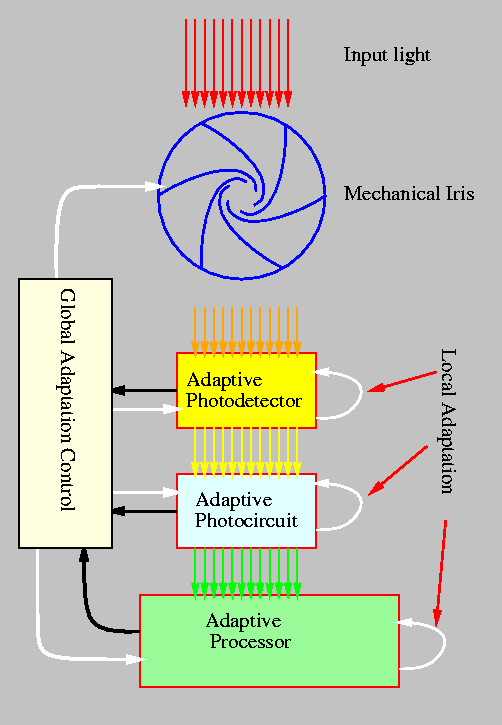
Figure 7.40: Hierarchical light adaptive architecture.
Any system which is to operate under very large dynamic range, but with its subsystems only capable of operating over a small dynamic range, should devise adaptation mechanism. In amplifier design this mechanism is known as automatic gain control (AGC). Adaptation should generally be incorporated at several levels of the system hierarchy to result in a total large operating range. For example, in a vision system, adaptation to light intensity level can be achieved by using a mechanical iris, photodetectors with adaptive sensitivity, photocircuits with adaptation capability, and adaptive processing elements. Adaptation in vision systems may also happen locally or globally, over a space or time interval. Controlling an adaptive structure requires feedback from different levels of the system hierarchy. Figure 7.40 illustrates a general light adaptive vision system. If each level of the system is capable of functioning over only three decades, a total of twelve decades of adaptation can be achieved. Overlap between adaptation regions may reduce this, but this demonstrates the capability of a hierarchical adaptation mechanism. This is true if the characteristics of each level are independent from each other.
In any case the total dynamic range of the system is limited by the first limiting front-end (usually photodetectors and photocircuits). So, if the front-end can only function over a dynamic range of 8 decades, the dynamic range of the system cannot exceed this. But, for example, a mechanical iris does not theoretically put any limitation or nonlinearity on the incoming light. Therefore, it can increase the dynamic range of the system by a large amount. However, this adaptation would be global to all the pixels in a vision chip.
In the following sections several adaptation mechanisms and circuits that can be built into vision chips are presented.

Figure 7.40: Hierarchical light adaptive architecture.